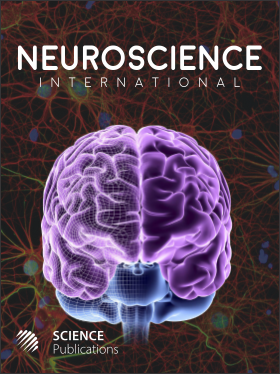Effects of Repetitive Transcranial Magnetic Stimulation on Dystonia: An Overview
- 1 Federal University of Rio de Janeiro, Brazil
- 2 Philipps University-Marburg, Germany
- 3 National Institute for Translational Medicine, Brazil
- 4 Pontifical Catholic University of Rio de Janeiro, Brazil
- 5 Veiga de Almeida University, Brazil
- 6 School of Physical Education, Brazil
Abstract
Problem statement: Repetitive Transcranial Magnetic Stimulation (rTMS) is a noninvasive procedure whereby a pulsed magnetic field stimulates electrical activity in the brain. Dystonia is characterized by several disabling symptoms for which effective, mechanism-based treatments remain elusive. Approach: Consequently, more advanced non-invasive therapeutic methods were required. A possible method to modulate brain activity and potentially viable for use in clinical practice was rTMS. We focus on the basic foundation of rTMS, the effects of rTMS on neuroplasticity and sensorimotor integration and the experimental advances of rTMS that may become a viable clinical application to treat dystonia. Results: The findings showed that rTMS can improve some symptoms associated with dystonia and might be useful for promoting cortical plasticity in dystonic patients. These changes were transient and it is premature to propose these applications as realistic therapeutic options, even though the rTMS technique has shown itself to be, potentially, a modulator of sensorimotor integration and neuroplasticity. Conclusion/Recommendations: Functional imaging of the region of interest could highlight the capacity of rTMS to bring about plastic changes of the cortical circuitry and hint at future novel clinical interventions. We recommend further studies to clearly determine the role of rTMS in the treatment of these conditions. Finally, we must remember that however exciting the neurobiological mechanisms might be, the clinical usefulness of rTMS will be determined by their ability to provide patients with neurological and psychiatric disorders with safe, long-lasting and substantial improvements in quality of life.
DOI: https://doi.org/10.3844/amjnsp.2011.5.16

- 8,490 Views
- 5,125 Downloads
- 4 Citations
Download
Keywords
- Brain tissue
- dystonia
- neuroplasticity
- Repetitive Transcranial Magnetic Stimulation (rTMS)
- sensorimotor integration
- Transcranial Magnetic Stimulation (TMS)
